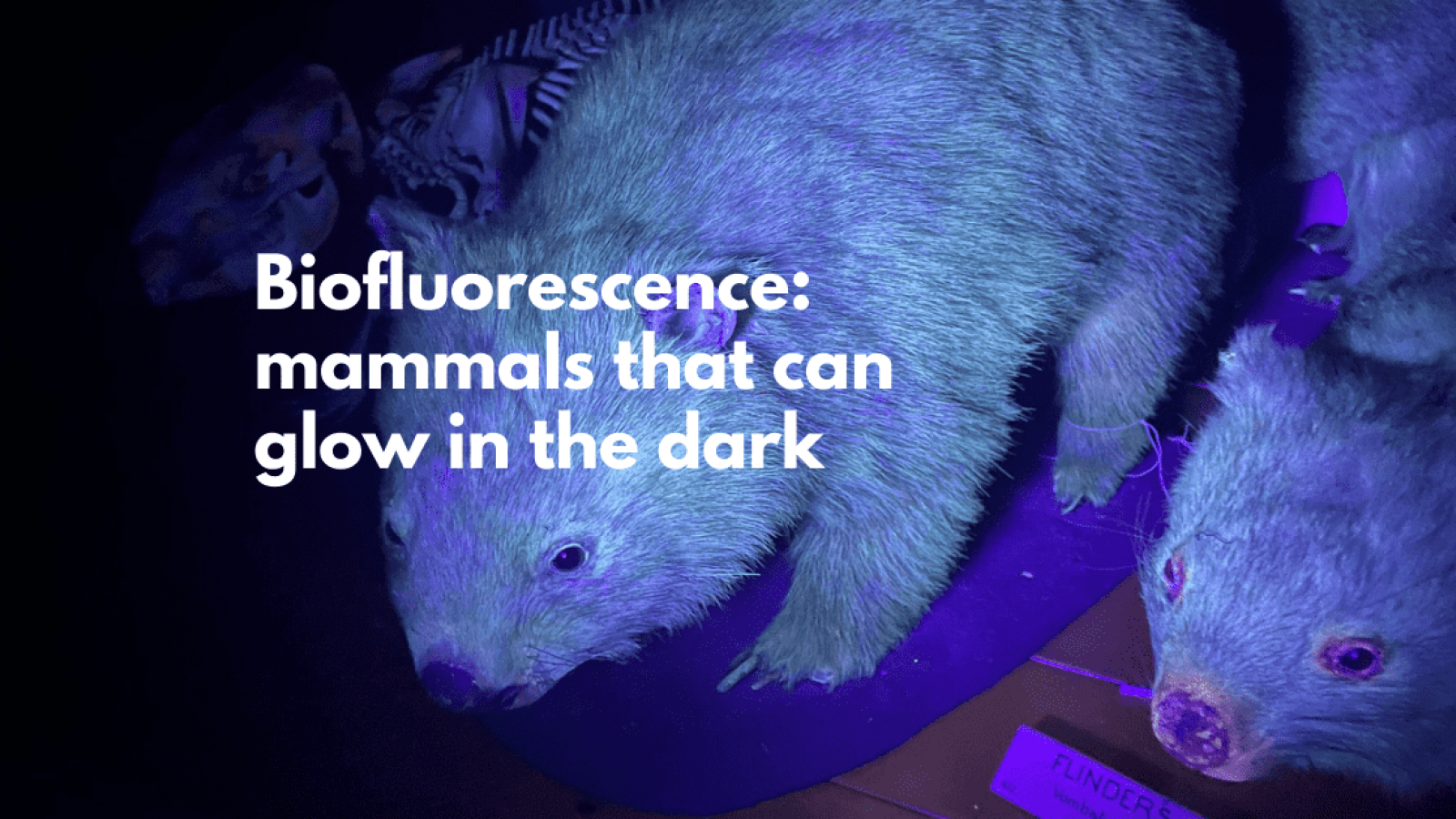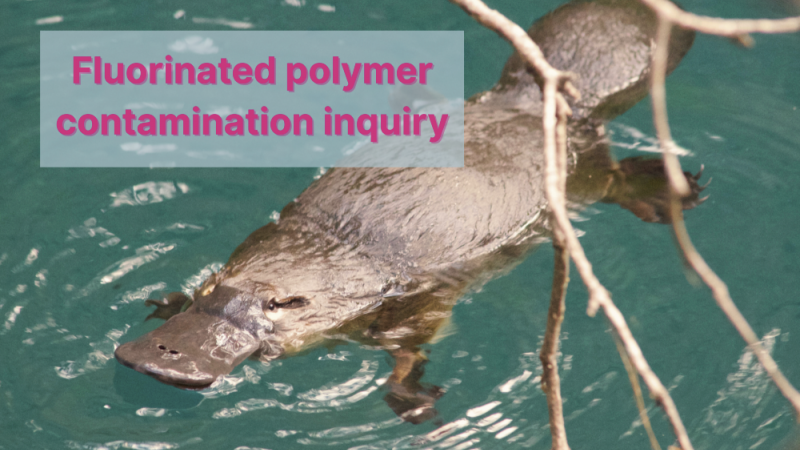An extraordinary number of living creatures, from bacteria to insects to sharks and birds, are capable of lighting up and glowing in the dark.
This biofluorescence occurs when higher energy wavelengths of light (e.g. ultra-violet or blue light) are absorbed and subsequently reemitted at lower energy wavelengths in living organisms, resulting in a glow with brilliant fluorescent colours including blues, greens, and reds. This phenomenon is widespread among animals and can be caused by several different proteins, pigments, metabolites and chemical reactions.
The process has long fascinated humans. As far back as 79 AD, humans experimented with the concept. At the time, Pliny recorded the first use of bioluminescence as a kind of torch, by rubbing a stick against jellyfish slime. But we are far from understanding the whole scale of this hidden universe. Major discoveries are still being made.
It was only recently that scientists discovered, entirely by accident, that mammals too can shine brightly. Jon Martin, a forestry professor, was exploring a Wisconsin forest at night, using a UV flashlight to scan the canopy for lichens, fungi, plants, and frogs that occasionally fluoresce when he heard the chirp of a flying squirrel at a bird feeder. He pointed the flashlight at it, and was amazed to see pink fluorescence.
Learning of this, Paula Anich, a North America squirrel researcher from the Centre for Science and the Environment, Northland College in the USA, examined the skins of flying squirrels. And low and behold, while non-flying squirrels didn’t glow, some species of flying squirrels, regardless of sex, fluoresced in a nice pink colour.
Up until then, the only other mammals known to have fluorescent fur were about two dozen species of opossum. These marsupials, scattered across the Americas, aren’t closely related to flying squirrels, live in different ecosystems, and have a different diet, suggesting that the glowing characteristic could be much more wide spread than thought. But the small mammals do share one thing in common however: they’re all active at night and twilight, where other squirrels are mostly diurnal.
Looking for more examples, Paula Anich went rummaging through the museum collections for fluorescent animals.
"We pulled the monotreme [egg-laying mammals like platypuses] drawer and the platypuses fluoresced, and it was amazing," she told ABC Radio Hobart.
Naturally, once the platypus's purple-green glow was revealed, other researchers like Western Australian Museum curator of Mammalogy, Kenny Travouillon and biologist Linette Umbrello, started shining UV lights borrowed from the arachnology department down on different specimens in the museum's collections. And so far their findings have been far from disappointing, with revelations of neon wombats, bright-eared bilbies, glowing echidna, and shiny bandicoots.
"We have only tried it on maybe two dozen mammals, so it wasn't a thorough search." Travouillon told ScienceAlert. "Probably around a third of them did glow."
Many of the biofluorescent mammals identified so far are either nocturnal or crepuscular, suggesting that the reason why these animals glow is linked to night life. But biofluorescence requires a light source for the glow to re-emit. And at night, there's less UV light around. So perhaps there is much more than meets the eye.
Australian Museum wildlife forensic scientist Greta Frankham adds that: "Predators don't seem to glow. I think this is because if predators could be seen, they would lose all chance of catching their prey."
While there's much speculation about why some mammals glow under UV, we've only just realised how wide-spread the phenomenon is. Field studies are required to examine if there are any advantages or disadvantages of this ability within these animals' natural environment and to see whether biofluorescence has a role in communication, sexual selection, camouflage or no obvious function at all.
Hypothesized functions for biofluorescence include communication (1), sexual selection (2), camouflage (1), and improved visual acuity (3) to perhaps no function at all.
1. https://www.nature.com/articles/s41598-020-59528-9#ref-CR13
2. https://www.nature.com/articles/s41598-020-59528-9#ref-CR7
3. https://www.nature.com/articles/s41598-020-59528-9#ref-CR11
Last edited: 3 March 2022 11:19




